- myFICO® Forums
- FICO Scoring and Other Credit Topics
- Understanding FICO® Scoring
- 1 card from 89% to 48% --> +26 points!
- Subscribe to RSS Feed
- Mark Topic as New
- Mark Topic as Read
- Float this Topic for Current User
- Bookmark
- Subscribe
- Mute
- Printer Friendly Page
1 card from 89% to 48% --> +26 points!
Is your credit card giving you the perks you want?
Browse credit cards from a variety of issuers to see if there's a better card for you.
- Mark as New
- Bookmark
- Subscribe
- Mute
- Subscribe to RSS Feed
- Permalink
- Report Inappropriate Content
Re: 1 card from 89% to 48% --> +26 points!
@Anonymous wrote:Did you look at aggregate dollars outside of aggregate percentage?
For example, aggregate percentage may move from 6.8% to 6.1% for someone with $160k in overall limits... percentage wise that is clearly insignificant. Dollars wise however, that move would cross $10k in aggregate balances. If $10k were a threshold (not saying it is, just a sake of numbers conversation) it could possibly impact score.
My aggregate dollars went up, my aggregate percentage went up, and my individual dollars and percentages went up on several of my larger accounts. The only thing that went down that day was that one, relatively small, account, went from 89% to 48%.

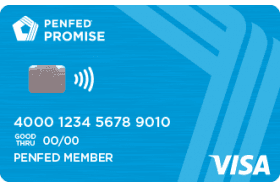

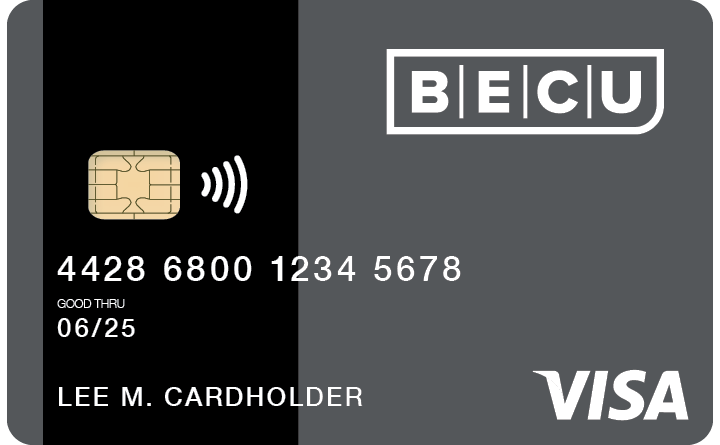

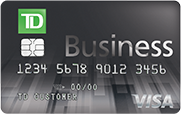





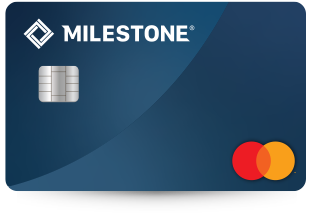
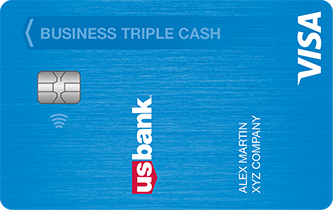

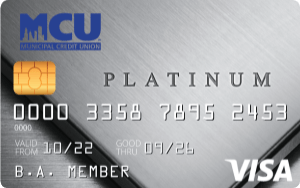
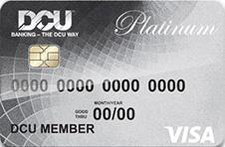

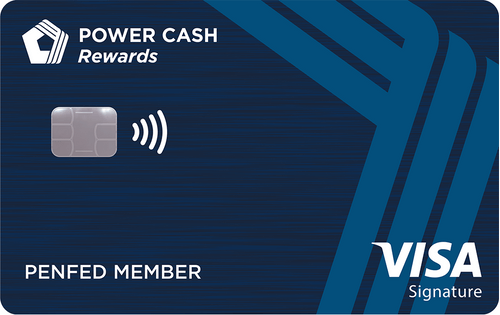

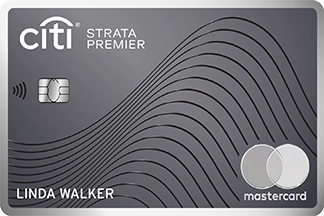
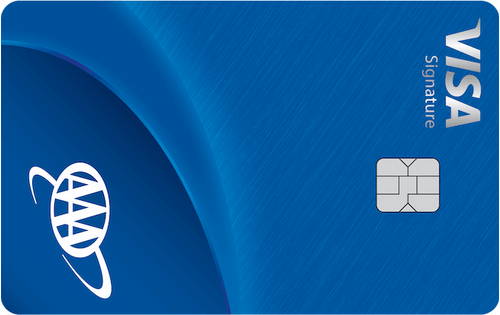
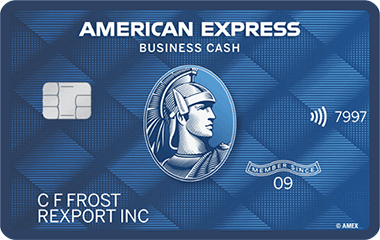
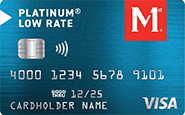
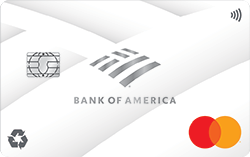


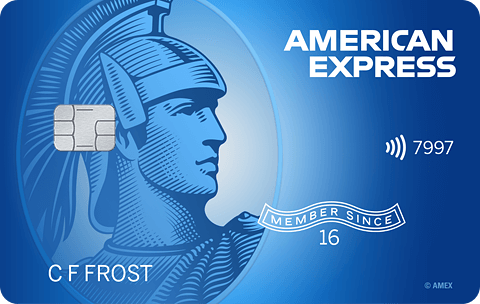




Total revolving limits 568220 (504020 reporting) FICO 8: EQ 689 TU 691 EX 682
- Mark as New
- Bookmark
- Subscribe
- Mute
- Subscribe to RSS Feed
- Permalink
- Report Inappropriate Content
Re: 1 card from 89% to 48% --> +26 points!
As perplexing as all this is.... my TU FICO 8 also jumped 26 points?!































Total revolving limits 568220 (504020 reporting) FICO 8: EQ 689 TU 691 EX 682
- Mark as New
- Bookmark
- Subscribe
- Mute
- Subscribe to RSS Feed
- Permalink
- Report Inappropriate Content
Re: 1 card from 89% to 48% --> +26 points!
@SouthJamaica wrote:As perplexing as all this is.... my TU FICO 8 also jumped 26 points?!
Nice! Do you think it is because all cards are now below 50%? (Assuming I read all DP's correctly).
- Mark as New
- Bookmark
- Subscribe
- Mute
- Subscribe to RSS Feed
- Permalink
- Report Inappropriate Content
Re: 1 card from 89% to 48% --> +26 points!
@LawStudentCivilis wrote:
@SouthJamaica wrote:As perplexing as all this is.... my TU FICO 8 also jumped 26 points?!
Nice! Do you think it is because all cards are now below 50%? (Assuming I read all DP's correctly).
Actually you did read all DP's correctly, but I realize that I made a mistake in one of my earlier posts responding to @Thomas_Thumb
In fact, on the day the 89% account dropped to 48%, I still had one more account that was +50%. Which makes the 26 point gain on EX even stranger.
Now everything is below 50%, but I have a lot more >30% accounts than I've ever had before.































Total revolving limits 568220 (504020 reporting) FICO 8: EQ 689 TU 691 EX 682
- Mark as New
- Bookmark
- Subscribe
- Mute
- Subscribe to RSS Feed
- Permalink
- Report Inappropriate Content
Re: 1 card from 89% to 48% --> +26 points!
- Mark as New
- Bookmark
- Subscribe
- Mute
- Subscribe to RSS Feed
- Permalink
- Report Inappropriate Content
Re: 1 card from 89% to 48% --> +26 points!
@Anonymous wrote:
SJ Was it <89.5%? If so, it makes even stranger because you only crossed the 70% threshold then. But if it was 89.5% or higher you crossed the 70% and 90%. Where was the decimal point on the 89% please?
According to experian.com it was rounded to 89%.
Doing the math, it was 89.5733333333 %
It also went through the 50% threshold, to 48%.
The other > 50% account had been at 68%, both before and after the 89% account dropped to 48%.































Total revolving limits 568220 (504020 reporting) FICO 8: EQ 689 TU 691 EX 682
- Mark as New
- Bookmark
- Subscribe
- Mute
- Subscribe to RSS Feed
- Permalink
- Report Inappropriate Content
Re: 1 card from 89% to 48% --> +26 points!
@SouthJamaica wrote:
@Anonymous wrote:
SJ Was it <89.5%? If so, it makes even stranger because you only crossed the 70% threshold then. But if it was 89.5% or higher you crossed the 70% and 90%. Where was the decimal point on the 89% please?According to experian.com it was rounded to 89%.
Doing the math, it was 89.5733333333 %
It also went through the 50% threshold, to 48%.
The other > 50% account had been at 68%, both before and after the 89% account dropped to 48%.
@SouthJamaica thank you for confirming, so it did cross the 90%, 70% & 50% thresholds, but since you still had the one over 50%, the 50% threshold should not count. Gotcha. So 26 points for just crossing 2 effectively.
- Mark as New
- Bookmark
- Subscribe
- Mute
- Subscribe to RSS Feed
- Permalink
- Report Inappropriate Content
Re: 1 card from 89% to 48% --> +26 points!
@SouthJamaica wrote:According to experian.com it was rounded to 89%.
Doing the math, it was 89.5733333333 %
Wait a minute... if it was 89.xx% wouldn't that be viewed by the Fico algorithm as 90%? If that's true, wouldn't it mean that the EX fluff front end is wrong in displaying 89%?
- Mark as New
- Bookmark
- Subscribe
- Mute
- Subscribe to RSS Feed
- Permalink
- Report Inappropriate Content
Re: 1 card from 89% to 48% --> +26 points!
@Anonymous wrote:
@SouthJamaica wrote:According to experian.com it was rounded to 89%.
Doing the math, it was 89.5733333333 %
Wait a minute... if it was 89.xx% wouldn't that be viewed by the Fico algorithm as 90%? If that's true, wouldn't it mean that the EX fluff front end is wrong in displaying 89%?
In other contexts I have found that the rounded percentages in experian.com are the ones that count. So I'm going with 89%.































Total revolving limits 568220 (504020 reporting) FICO 8: EQ 689 TU 691 EX 682
- Mark as New
- Bookmark
- Subscribe
- Mute
- Subscribe to RSS Feed
- Permalink
- Report Inappropriate Content
Re: 1 card from 89% to 48% --> +26 points!
@SouthJamaicaSo maybe there is a scoring algorithm of the amount of accounts over 50% relative to the number of revolving accounts.